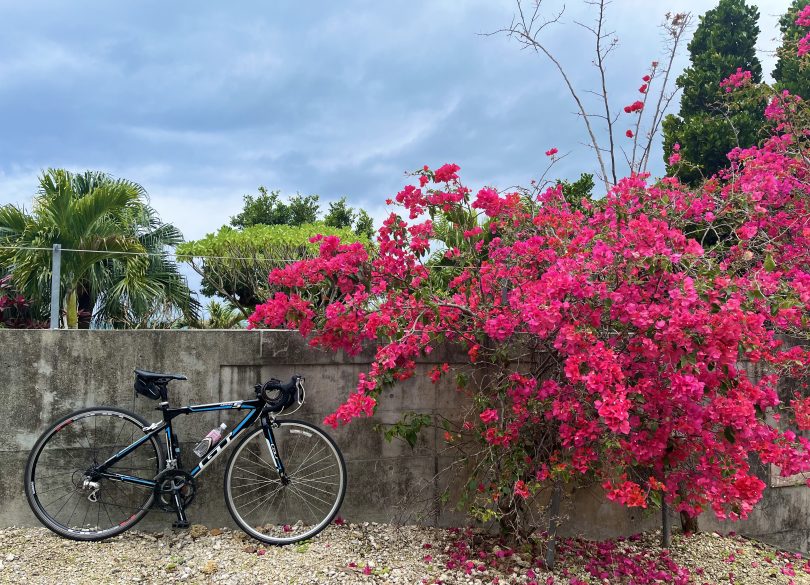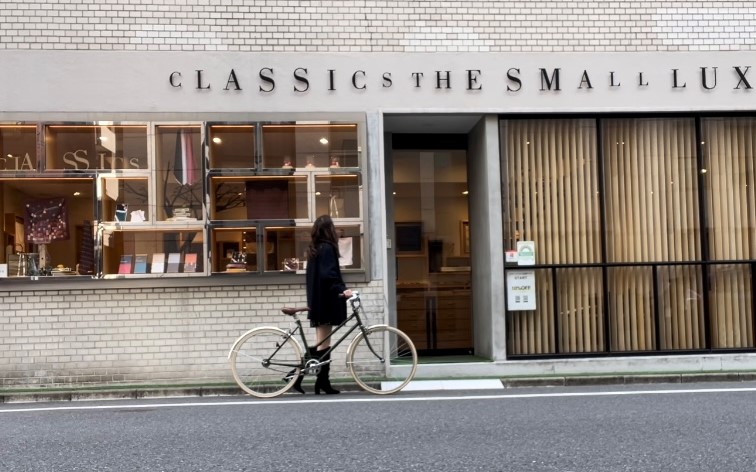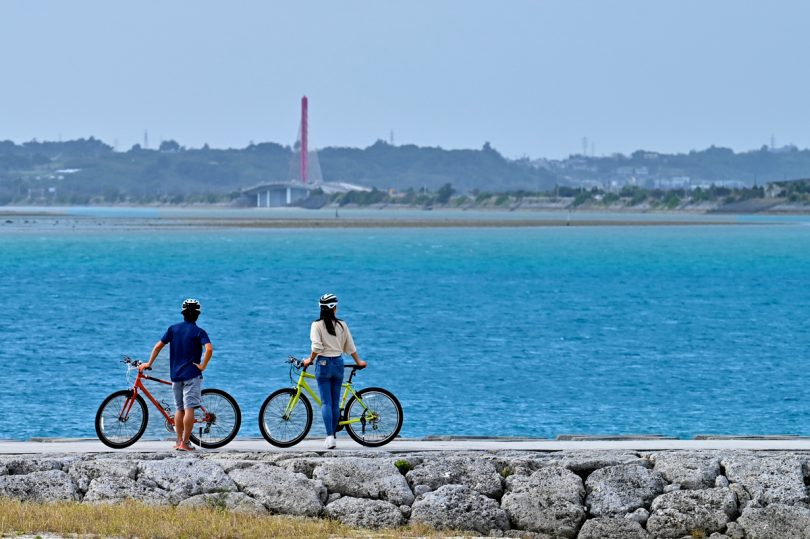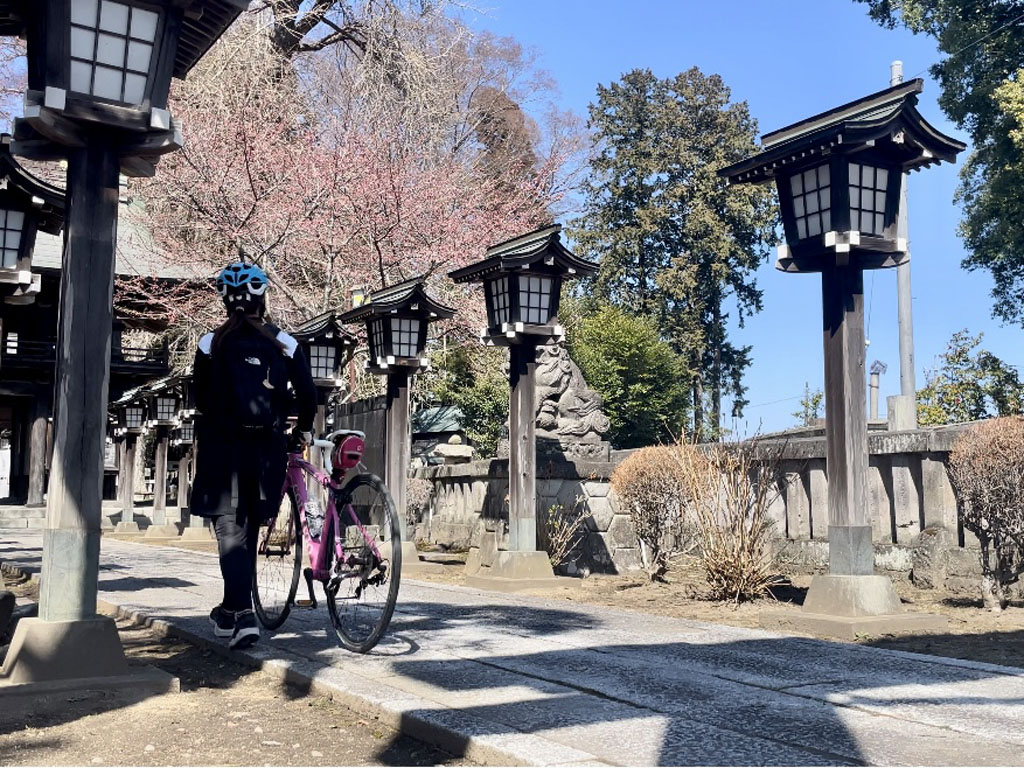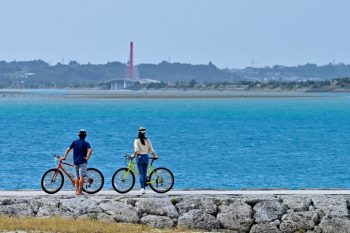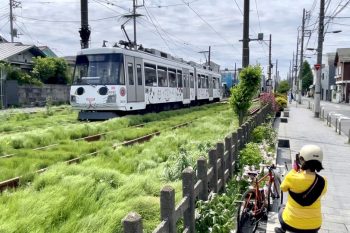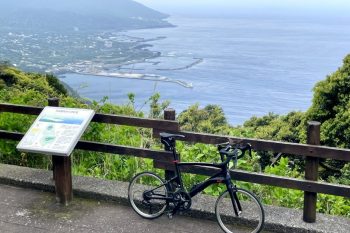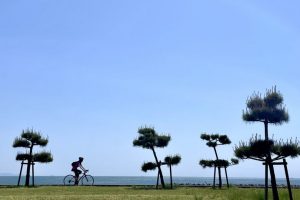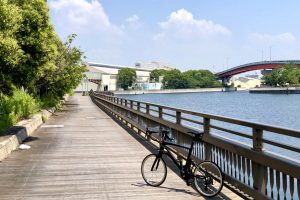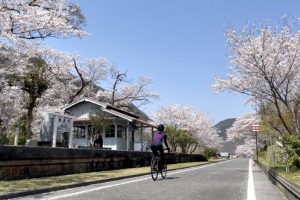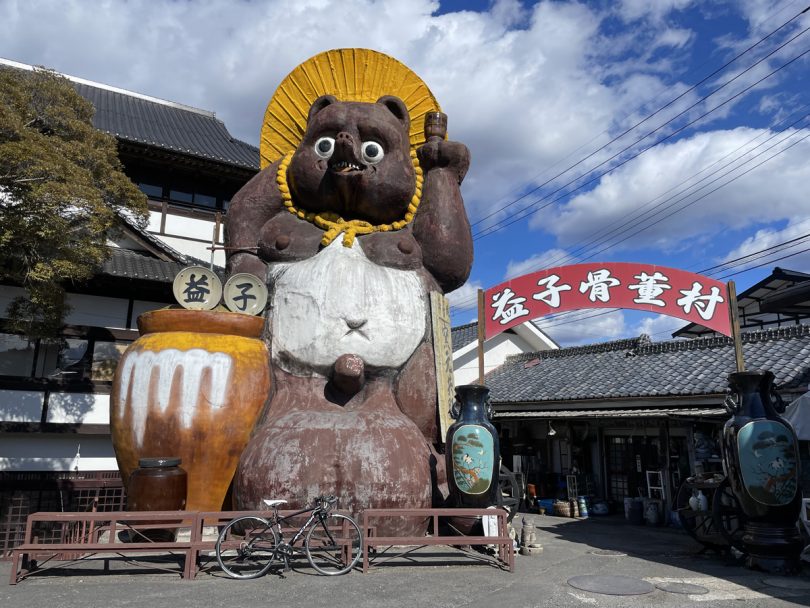
Mashiko Town, known as one of the leading ceramic production centers in eastern Japan, was recognized as a Japan Heritage site in 2020 together with Kasama City in Ibaraki Prefecture as “Kasamashiko: A Tale of Pottery by the Sibling Production Centers”.
The town is a place where visitors can encounter works of art that have been transformed by incorporating modern designs while also preserving traditional techniques. Let’s set off on a cycling tour to enjoy the arts.
Contents
What is Mashiko Town like?
MashikoTown is located in the southeastern part of Tochigi Prefecture, where Yamizo Mountains and Kanto Plain meet. It is a hilly town rich in nature that attracts many cyclists.
It is also known as one of the leading ceramic production areas in Kanto region, and the “Mashiko Pottery Fair” held every spring and fall attracts visitors from all over the country.
In addition, as a sacred place for pottering, a cycling event called “Pottering Mashiko” is held every year in early December.
Started “Roadside Station Mashiko”?
“Roadside Station Mashiko” opened in 2016. It is characterized by its mountain-shaped roof.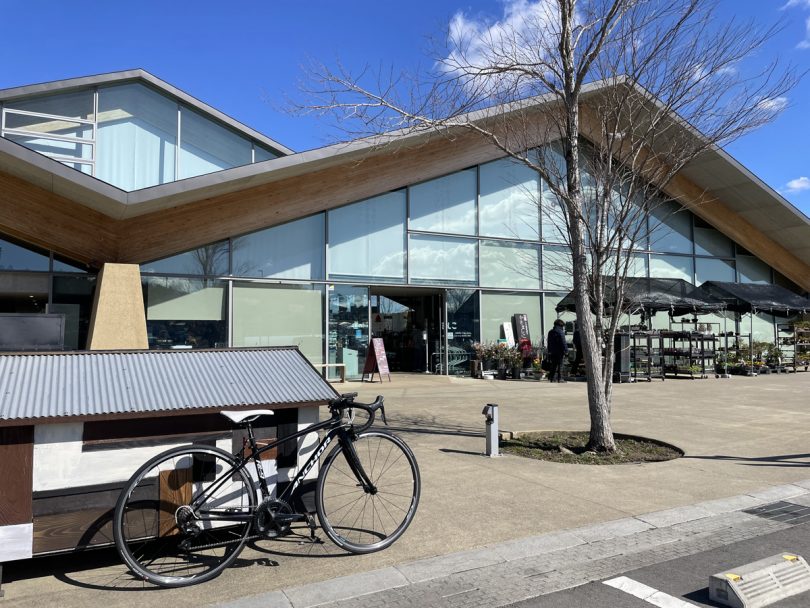
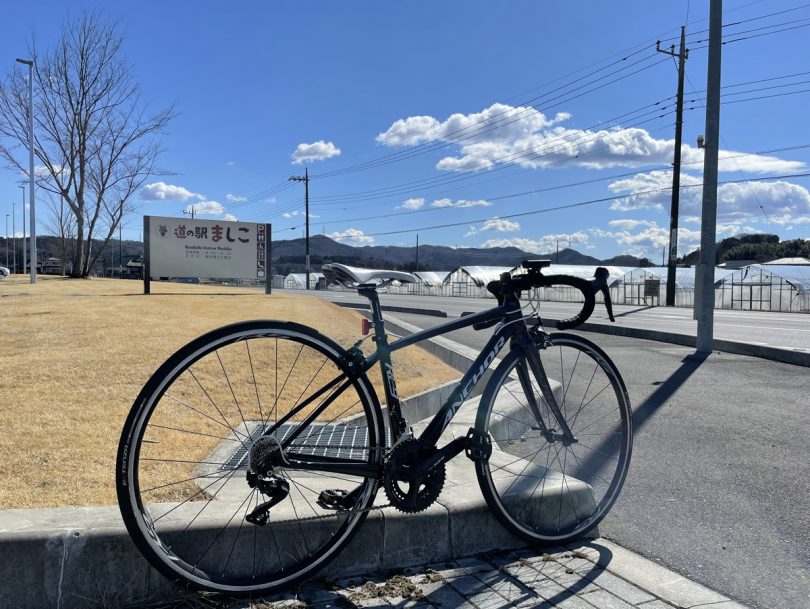
It was crowded with customers, where fresh local vegetables, processed goods, and handicrafts could be purchased.
Leaving the roadside station, I headed north. It is 4km to Mashiko Station. You can enjoy the scenery of the satoyama as you ride.
Mashiko Station on Moka Railway
Near the railroad crossing in front of the station, there is a large ceramic work that is typical of Mashiko, and just as I was taking pictures, the train of Moka Railway was running by.
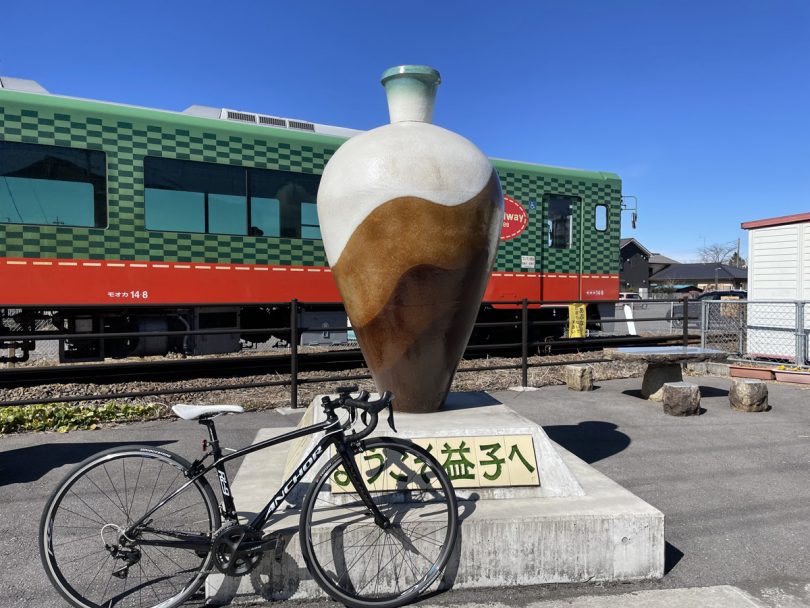
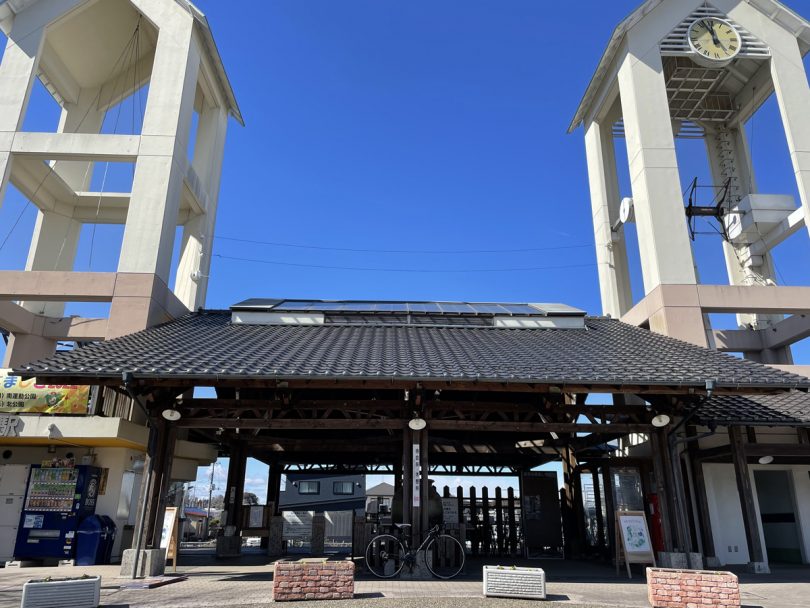
A tiled-roof station building and a symbolic tower with a triangular-roofed clock greeted me.
In front of the ticket gate is a large ceramic work.
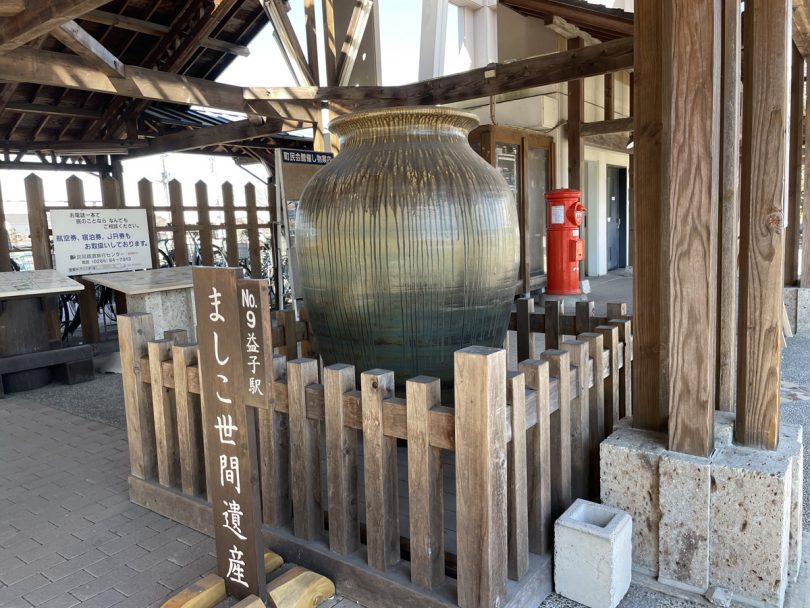
“Mashiko Local Heritage” written on the signboard refers to Mashiko’s local and daily climate, scenery, and customs that should be passed down to the next generation. There are 57 “Mashiko Local Heritage” sites in the town.
Mashiko Town Tourist Association
Next, go to Mashiko Tourist Association by the station to gather information about the town.
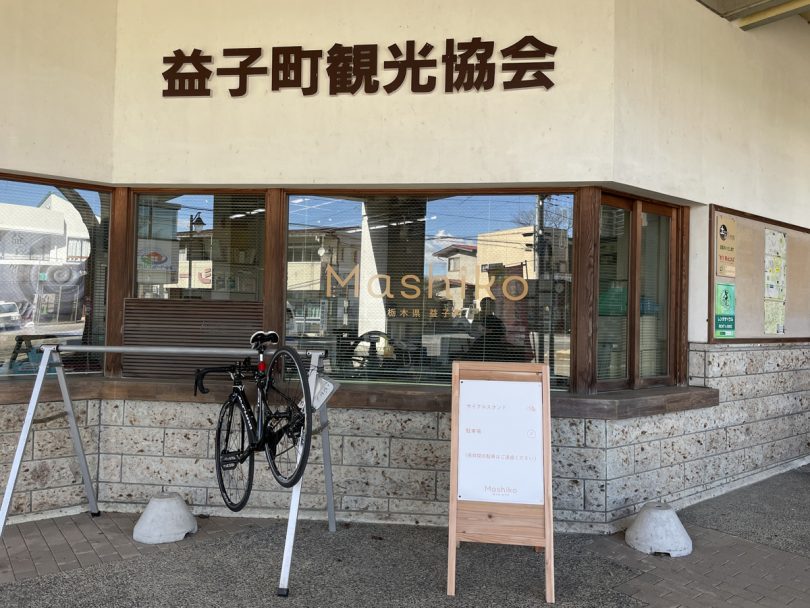

There were rental bicycles with electric assist. You can enjoy cycling even if you come by train.
With a sightseeing map in hand, I headed for Mashiko Main Street.
Kashima Shrine
Kashima Shrine is dedicated to the god of victory. To the left of the worship hall, Yasaka Shrine, the youngest shrine of Kashima Shrine is located.
A cycle rack was located in the precincts of the shrine.
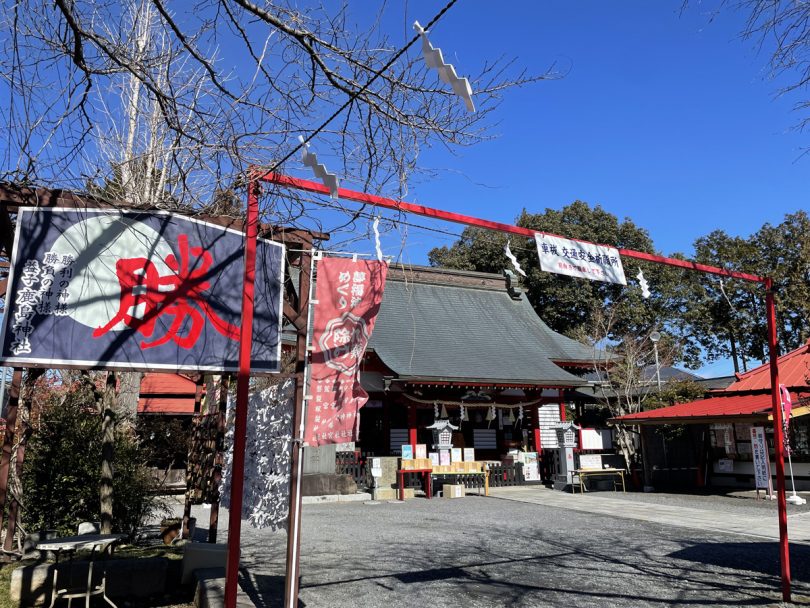
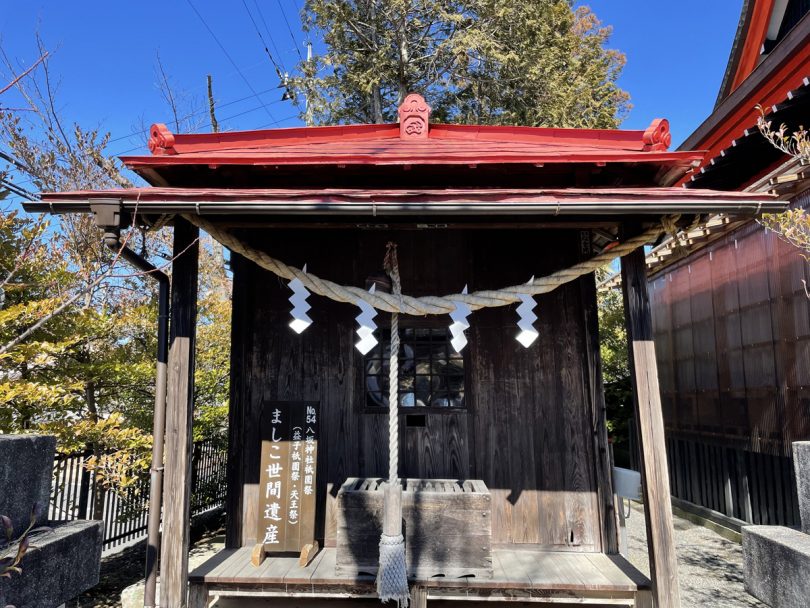
This is also a part of Mashiko Local Heritage.
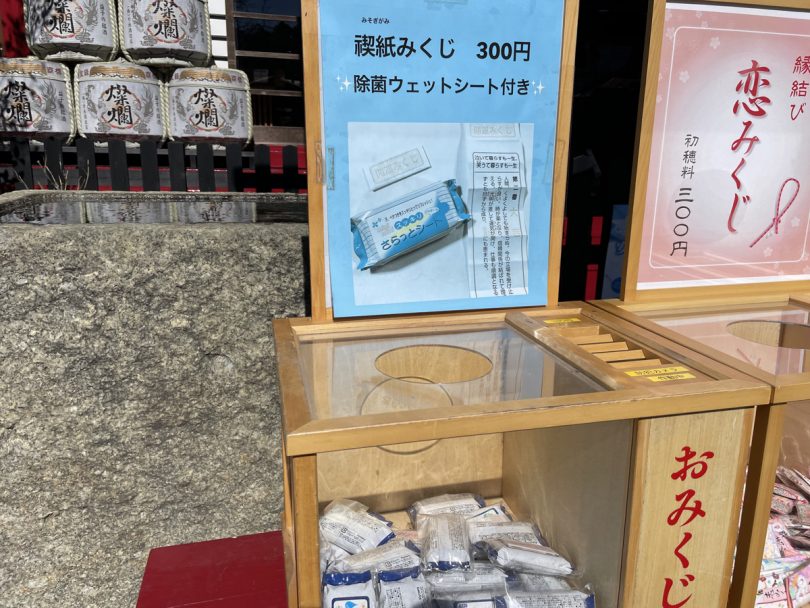
I found an omikuji with a wet wipe attached to it, perhaps an omikuji for the times.
It is smaller than the palm of your hand, so it looks like you will have no trouble carrying it on your bicycle.
Yamaguchi Ceramic Art Shop
Located diagonally across from Kashima Shrine is Yamaguchi Pottery Shop. I stopped to look at the storehouse, which used to be a kimono shop in the Edo period (1603-1867).
Inside the store, there are so many potteries that it is hard to take your eyes off of them!
In addition to the owner’s ceramics, visitors can purchase ceramics by a variety of artists.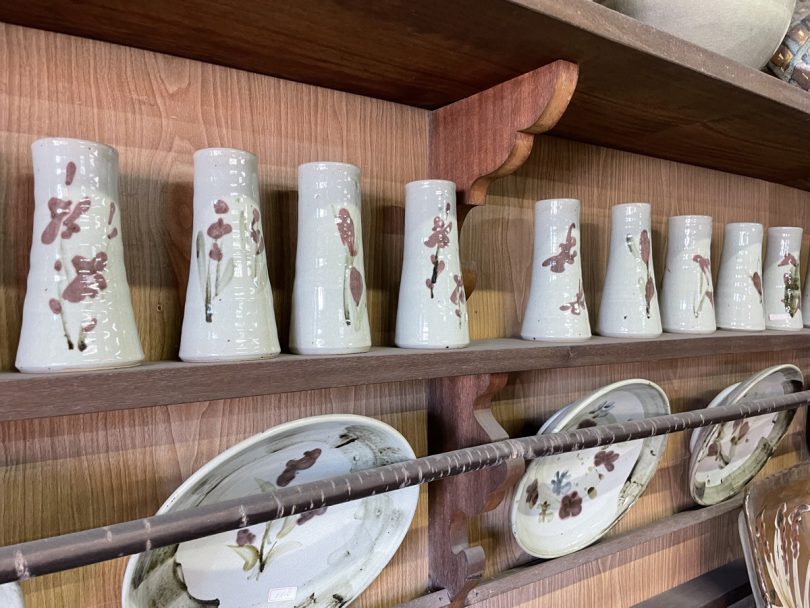
The single-flower vases with lovely paintings of red flowers and the plates were made by the owner, who says that it is very difficult to produce the red color.
Akabane Manju Honpo
I immediately tried “Strawberry Daifuku” at this long-established Japanese confectionery, which was statuesquely established in 1924.
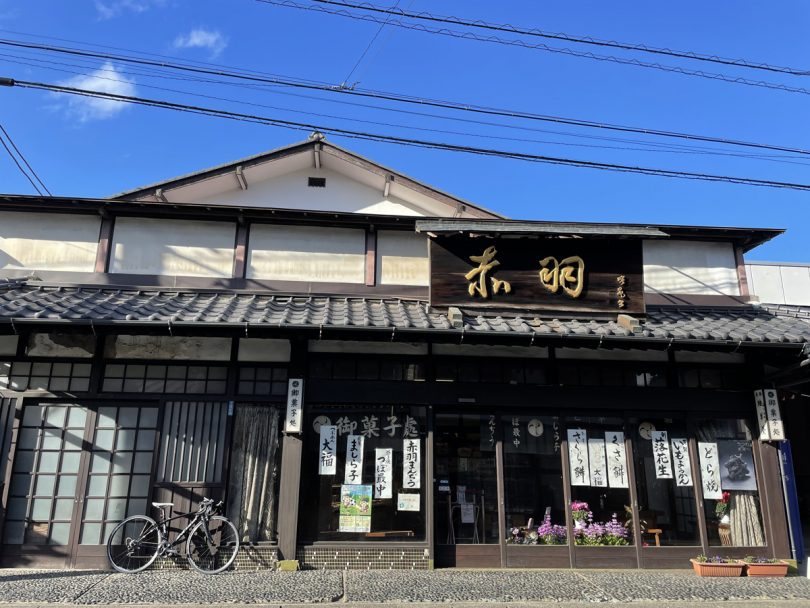
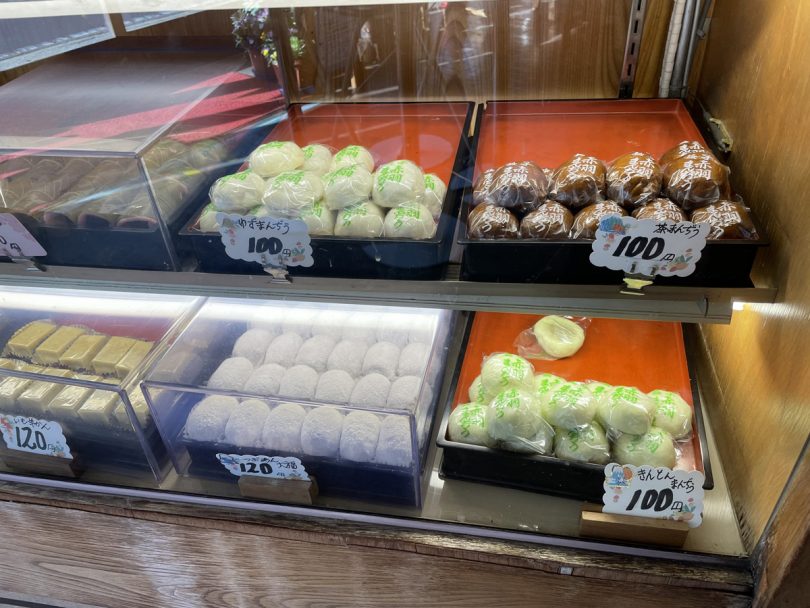
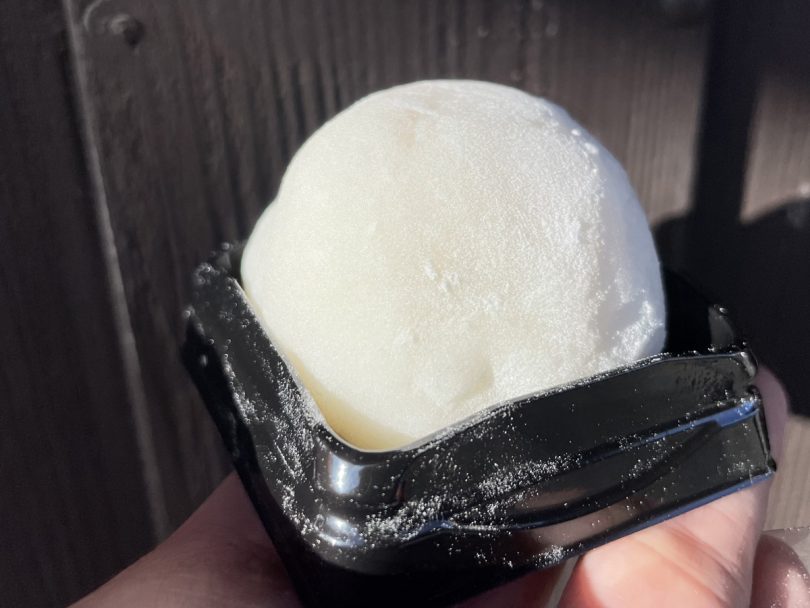
Fresh strawberries and white bean paste are wrapped with soft mochi (rice cake). It had an elegant taste.
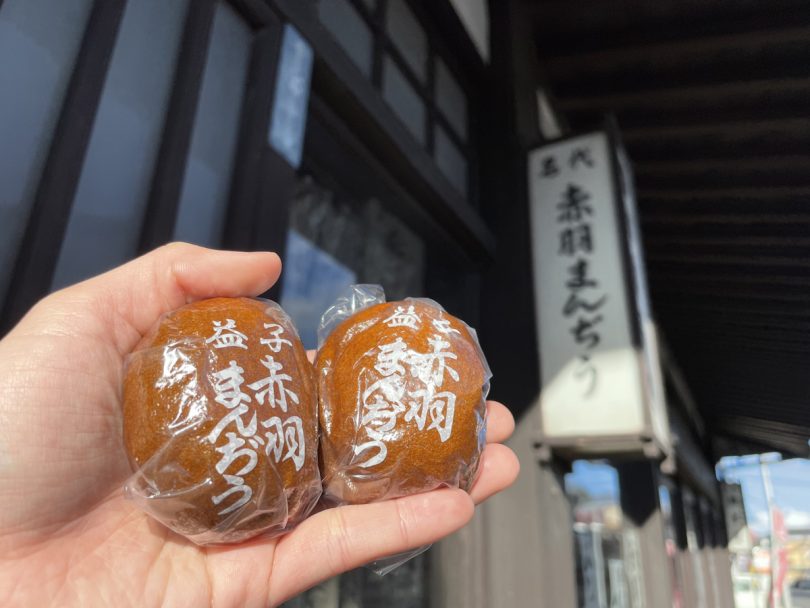
“Cha-manjyu” is for when I get hungry.
Ebiko-Cycle
I was concerned about a strange noise coming from my bicycle around the time I left Mashiko Station.
Just as I was wondering if there was something I could do about it, I came across Ebiko-Cycle!
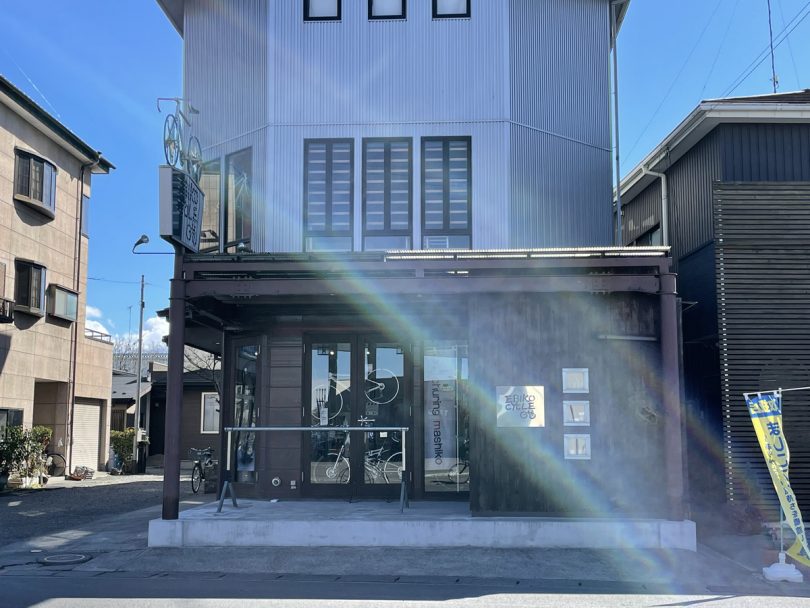
The store sign is stylish. The wheels turn when the wind blows.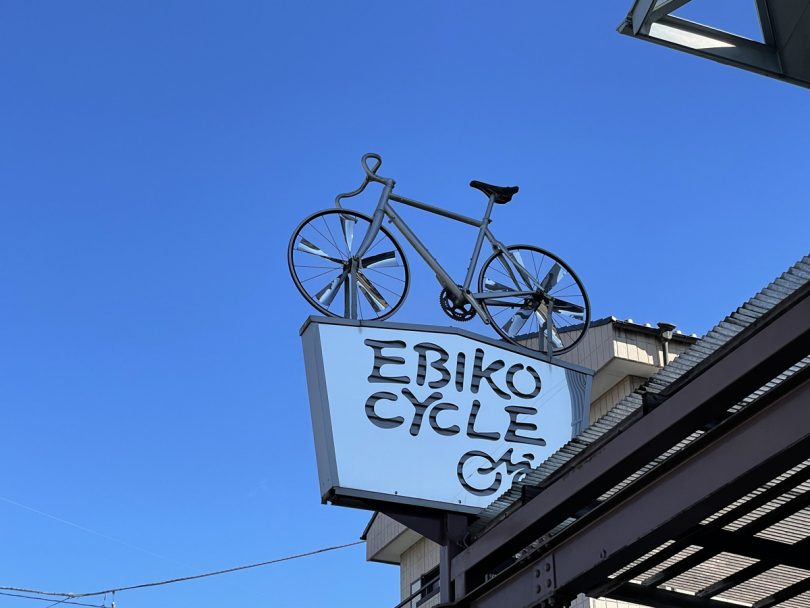
There was also bicycle art at the foot of the bike rack.
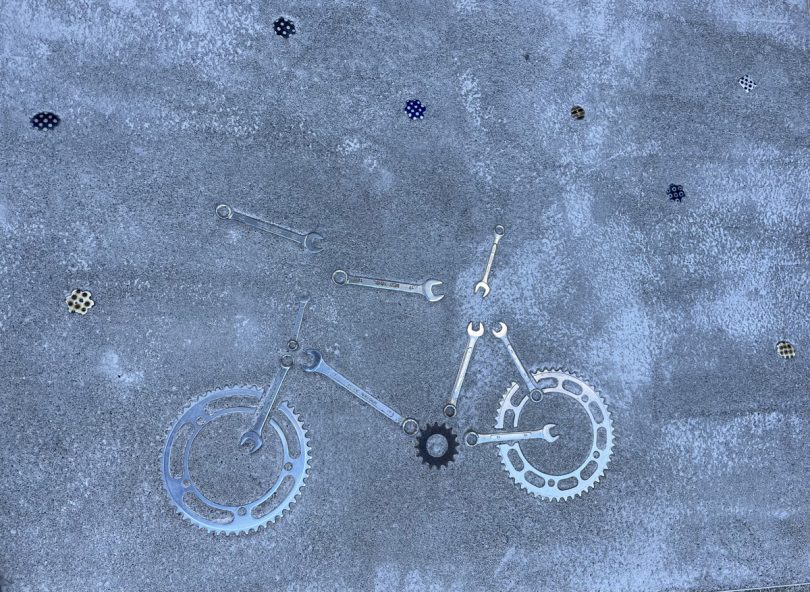
The owner of the store took a look at my bicycle!
It is a relief to have a bicycle shop nearby in case of emergencies.
Since I was there, I left the store with recommendations and information about the town.
They also rent out bicycles here.
Jonai-zaka Street
Jonai-zaka Street, the main venue of Mashiko Pottery Market, is a 500-meter gentle slope, lined on both sides by about 30 stores and cafés selling unique Mashiko pottery.

G+OO (G+OO)
I stopped by “G+OO”, a select store for ceramics and sundries, located halfway up Jounouchi Slope.
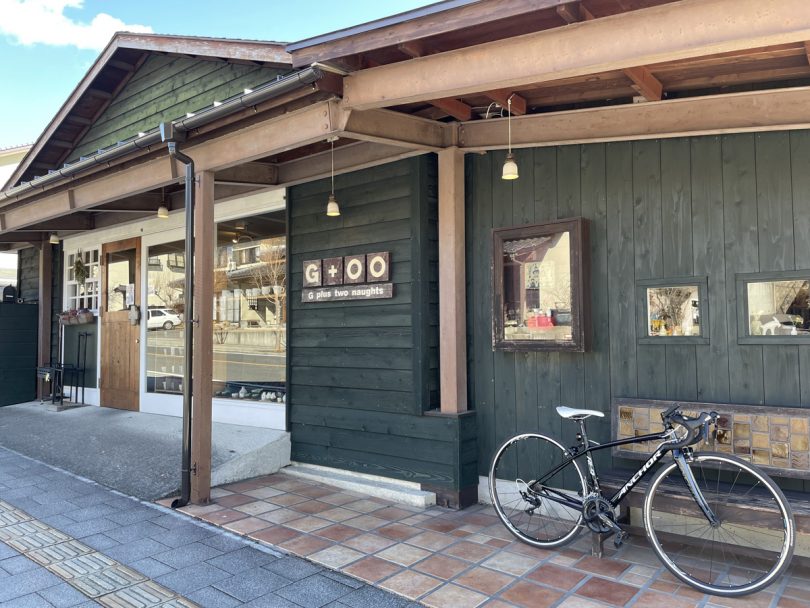
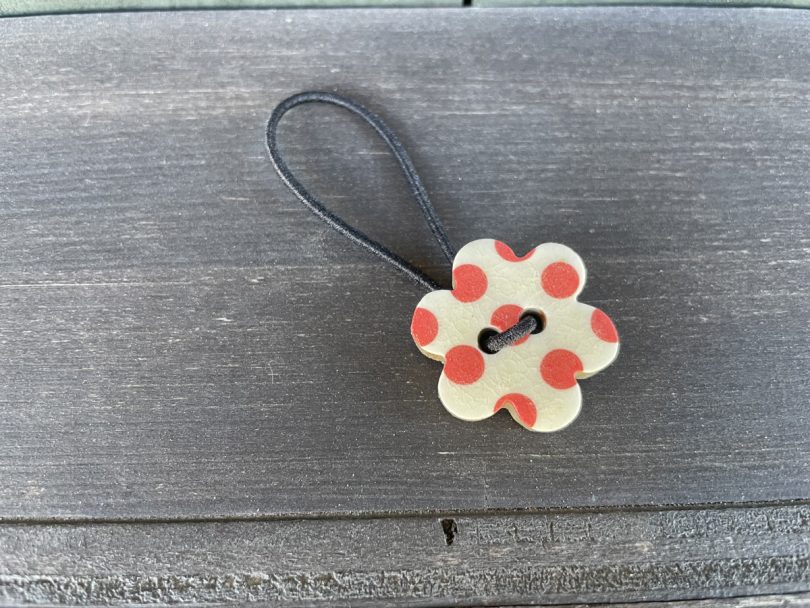
The store, which was built in a renovated garage, had fashionable ceramics with a natural taste and small items that would make great gifts.
I bought a ceramic hair band, which is made exclusively at this store.
The limited edition items also included earrings.
Mashiko Pottery Resale Center
While riding along Jonai-zaka Slope, I saw a large statue of a raccoon dog at the entrance of Mashiko Pottery Center. It is “Ponta-kun,” the largest raccoon dog in Japan.

There were several stores on the premises, including restaurants, a facility where visitors could experience pottery making, and a large sales store.
It was a weekday, but there were several groups of visitors.
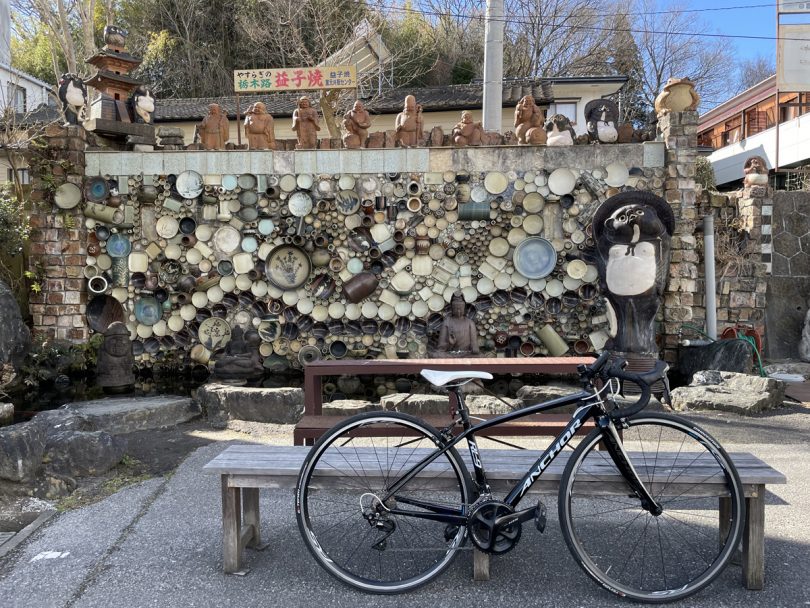
Various sizes of pottery raccoon dogs are lined up in a row. This is another photo spot.

Some of them are over 1m long and look like big pots.
Climbing Kiln
“Nobori-gama”, a climbing kiln was built to take advantage of Mashiko’s hilly terrain. A number of kilns are arranged in a row on the slope.
One of the features of these kilns is that they can fire a large number of ceramics at once.
Daisei Kiln
Daisei Kiln, a pottery, located on Jonai-zaka Street, was established in 1861 and has been using only climbing kilns for generations.
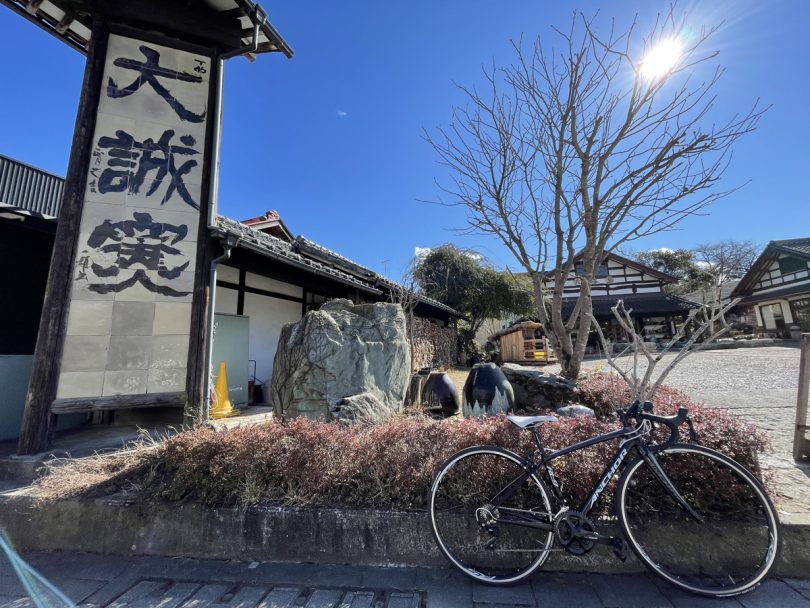
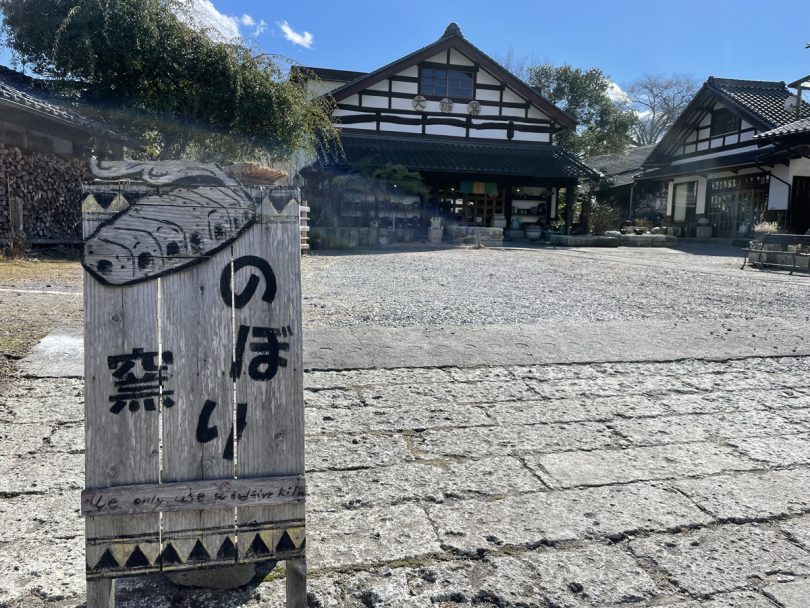
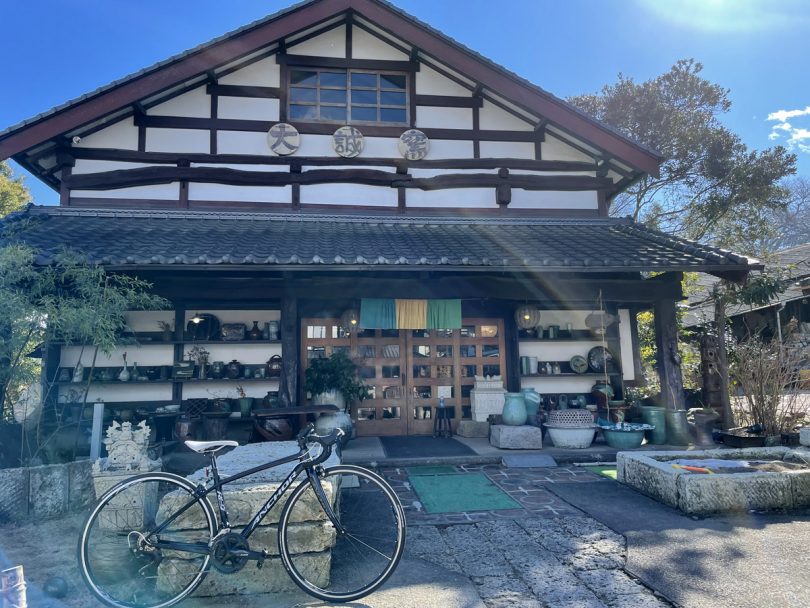
The climbing kiln is located in the back on the right and can be seen up close.

The firewood was being stoked.
Iwashita Seito
Iwashita Seito, a pottery established in 1866, is located on Satoyama-dori street after passing Jonai-zaka Street.
Taiheigama kiln is designated as a tangible cultural property by the town.
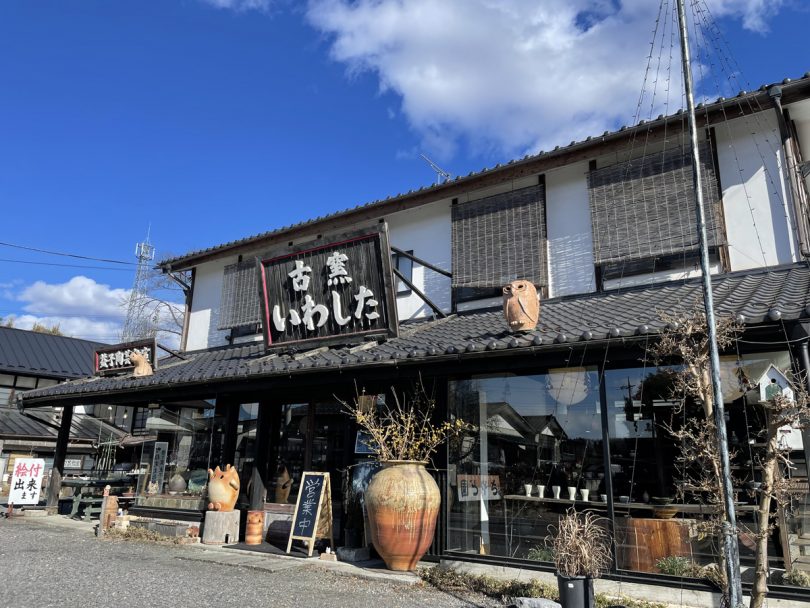
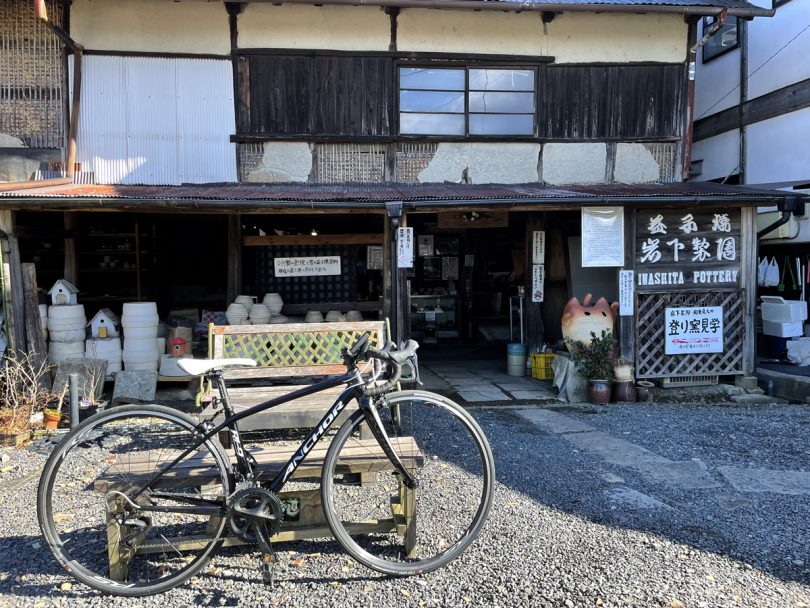
Inside the kiln, there are materials and old photos of Mashiko pottery.

There are two climbing kilns at Iwashita Seito, the largest climbing kilns in Kanto region, which are not currently in use and are a valuable reminder of the history of climbing kilns.
Café Kikaraki
Late lunch time at a café a short ride.
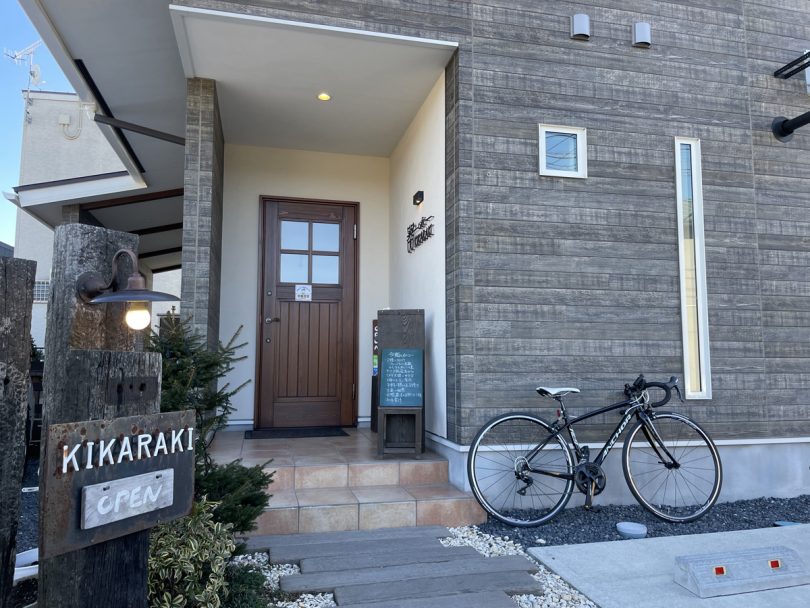
Handwritten on the storefront was “This Week’s Menu.”

The menu, rich in vegetables, changes weekly.
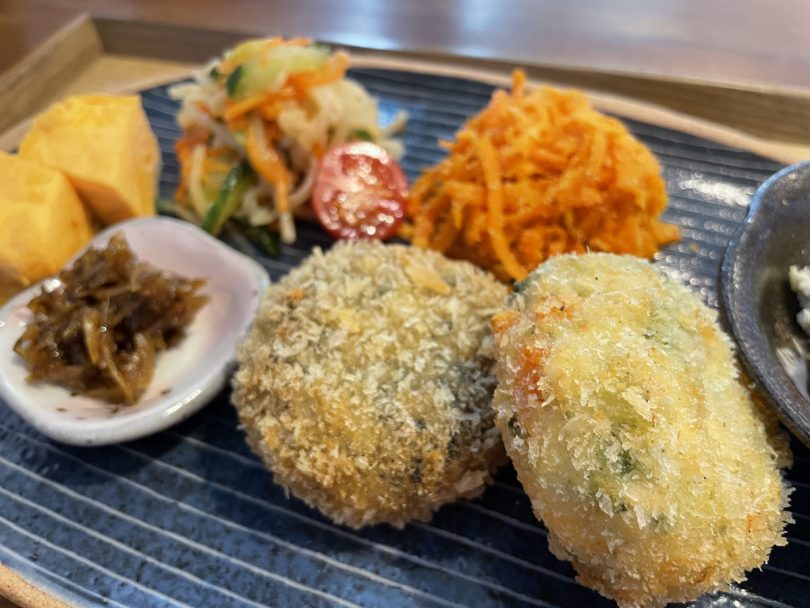
On this day, there were two croquettes (broccoli with tofu, and curry-flavored hijiki) salad-style salted okara, kiriboshi daikon salad, carrot and cod roe kinpira, fried egg with chicken, ginger tsukudani, duck-farmed rice, and miso soup.
All of them were delicious, and the flavors of the ingredients themselves were well appreciated.
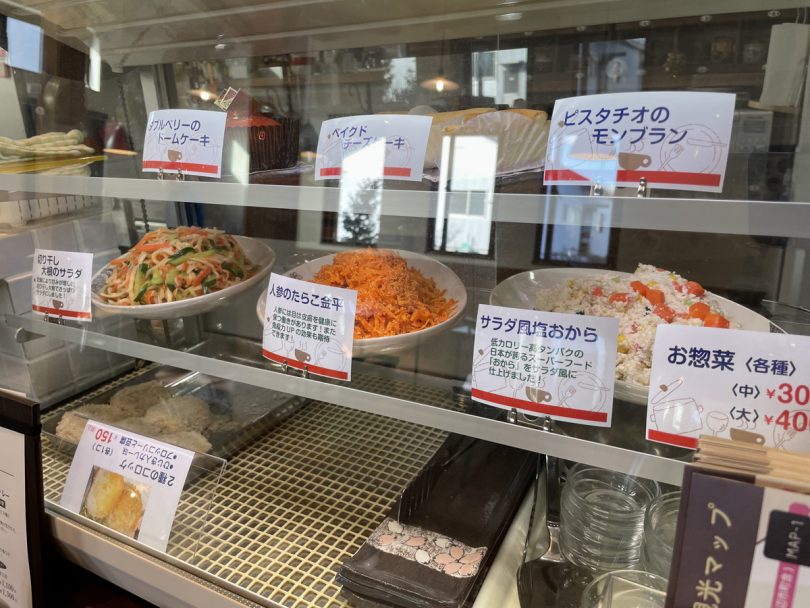
The sauce served for the croquettes was homemade. I filled my stomach with a healthy lunch that showed the restaurant’s commitment to food. The showcase next to the cash register is lined with sweets and side dishes that can be taken out.
Emipan
Enter the alley from the street in front of Mashiko Reference Center Street.
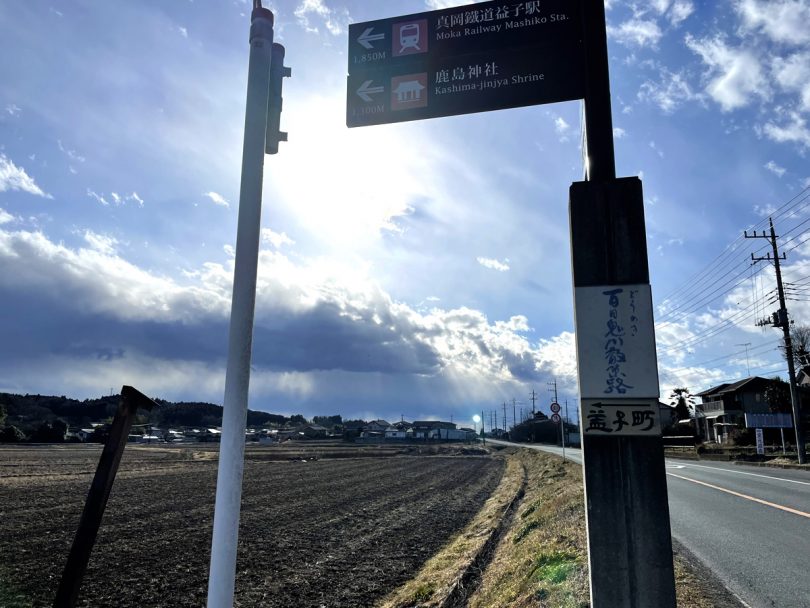

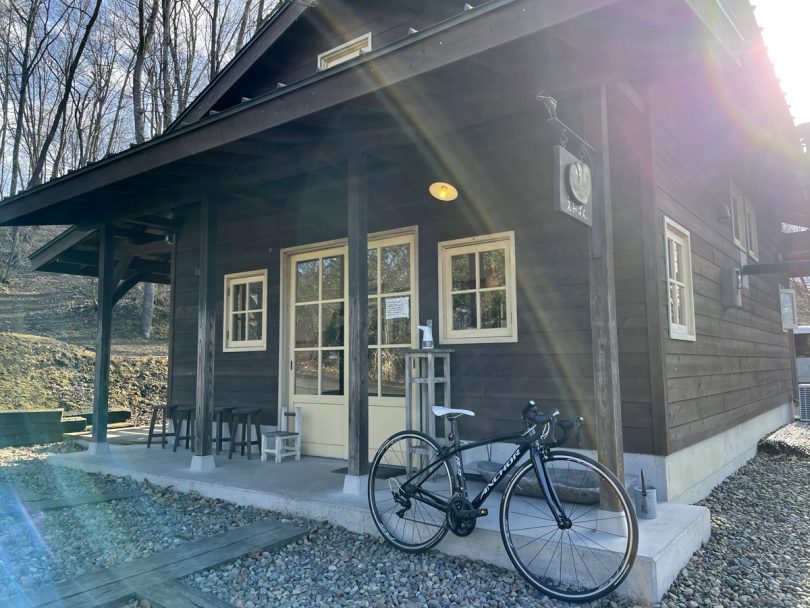
It is a small log house style bakery.
They sell “koppe-pan” (Japanese cobbled bread), but by the time I visited after 3:00 p.m., they were sold out.

In addition to bread, there is a line of baked goods, and I bought a snowball (green tea and walnut) as a souvenir.
After picking up the souvenirs, I returned to Roadside Station Mashiko.
Course Introduction
Summary
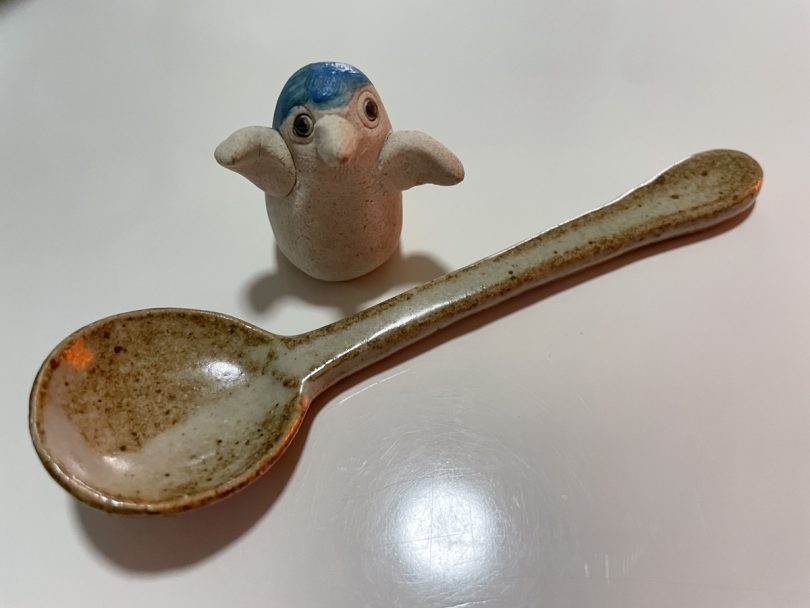
The 17km cycling was a journey of discovery of Mashiko pottery, which has been handed down from generation to generation, and a journey that brought us into contact with the warmth of the people.
I realized that Mashiko pottery has continued to develop because of the people who have cherished the local products.
I think Mashiko is a town that can be enjoyed in all seasons. In winter, you can admire the art and in summer you can go cycling to see the sunflower fields. There are many unique cafés as well as pottery shops, so you may want to find your favorite shop.
The photo shows a spoon (Yamaguchi Ceramic Art Shop) and a penguin figurine (Iwashita Seito), which I bought as souvenirs.



